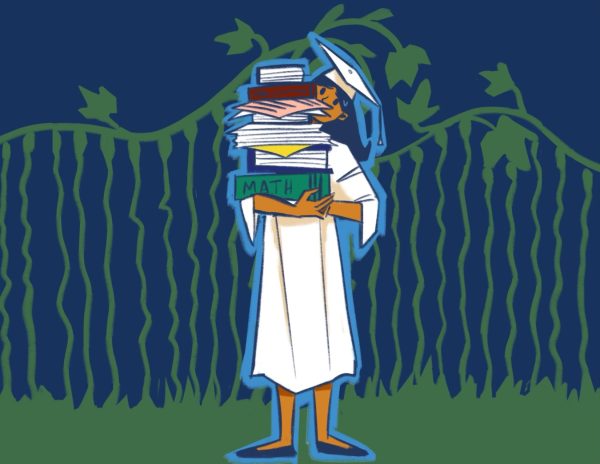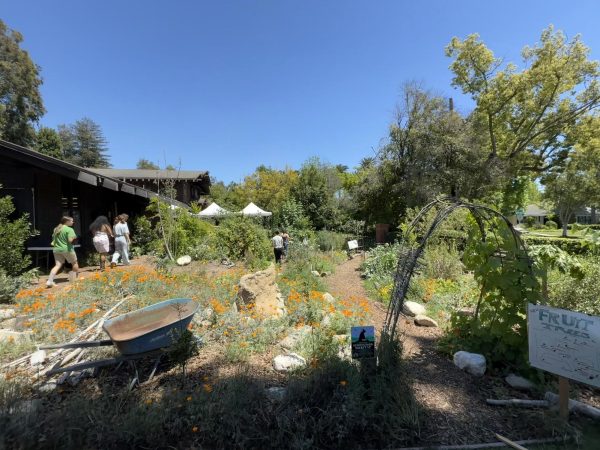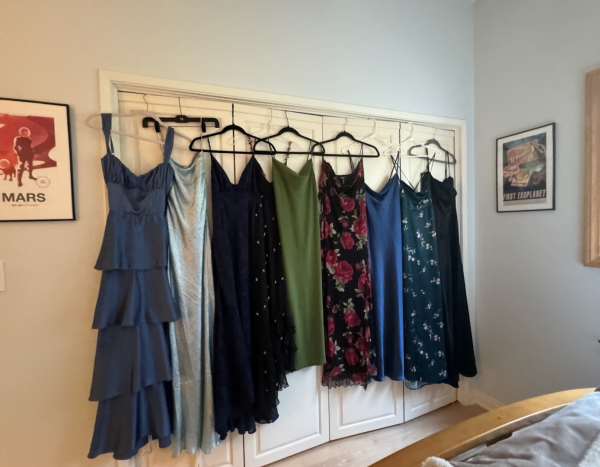Remote Learning Forces Teachers to Rethink Assessments
Assessments, a necessary evil in both students’ and teachers’ lives, must continue during remote learning. Traditionally, teachers use tests to assess students’ understanding of the material and determine their own teaching success. Remote learning has posed a new challenge to traditional assessments; without the ability to walk around the classroom and monitor their students with hawk-like eyes, teachers have struggled to maintain the integrity and efficacy of test-taking. As a result, some teachers have begun to trade in traditional methods of assessment for more creative possibilities during remote learning.
Schools all over the country have had to radically prepare and shift in-person programs for remote learning platforms. Westridge faculty and staff were no different. Last summer, teachers worked extensively to find ways to adapt to an online platform while keeping the basics of the program intact. The biggest shift in teaching practice was not the delivery of the content or program—but instead the assessment of student learning.
How can teachers accurately gauge what a student has genuinely learned and mastered? Many teachers have thought long and hard about whether to roll with the honor code or stick on the safe side and only assign open-note assignments. AP History teacher Ms. Melissa Kelley admits that she truly had to replan all of her test-taking methods in preparation for online learning. As an AP teacher, Ms. Kelley does not have much creative freedom with the material of her classes, but she changed what little she can to adjust to online learning, like implementing open-note tests. Ms. Kelley believes that remote learning calls for this change; she now feels more comfortable with it and has moved away from more summative test-taking formats.
One of the recommendations to promote ethical test-taking emphasizes formative assessments over summative assessments. According to Carnegie Mellon University, formative assessments “monitor student learning to provide ongoing feedback” whereas the goal of summative assessments “is to evaluate student learning at the end of an instructional unit.”
“[Formative assessments are] testing along the way, rather than testing at the end of a process,” said Ms. Kelley. “It also means that you’re looking for a sort of gradual building of understanding and comprehension of the content rather than high-pressure stake points.”
Although the practice of formative assessments may be new for many, several students and teachers prefer it to summative assessments. Rather than cramming in information for every quiz and test, some teachers believe that formative assessments provide insight into how students are understanding the material, rather than simply what material they’re learning. Essentially, this means more reflective 5-minute annotations and fewer final essays, more low-stake quizzes and fewer quarter-grade-decider tests, and more student dialogue than full-class lectures.
Ninth-grade English teacher Ms. Anna Bondoc uses formative learning by incorporating creativity into her assignments. Rather than testing students on how much information they can retain from a book, Ms. Bondoc believes that it is her “duty to give meaningful writing assignments.” For instance, instead of asking students to summarize the plot of Antigone, she has them analyze a character by writing a manifesto from their perspective.
The effects of formative assessments have been studied extensively, and scientists at American Institutes for Research believe that it is a more inclusive method of assessing student learning. According to the Institute, “[This method of learning] has been shown to improve learning outcomes for students who are struggling with learning, students with disabilities, and English learners.”
Still, asking students to apply their understanding is considered higher-order thinking and demands more from students. Natalie A. ’24 thinks the creative freedom of formative assessments makes them more enjoyable than their summative counterparts but admits that summative learning is easier in that it doesn’t require that extra layer of complexity. Natalie is better at summative assessments. “They’re more straightforward, which is a lot easier for me. And [they don’t] make me lose my creative brain cells.”
Shania B. ’21 believes that this method of assessment acts as practice for the real world and helps her display her understanding of the material. “With time-pressure tests, I end up dealing with a lot more stress and am unable to show my understanding of the material. The reality of life is that we don’t have 40 minute timed projects but rather long-term tasks or instantaneous decisions.” Many students believe that formative assessments introduce methods that are often applicable in many different aspects of their lives. Whether through college applications, group projects, or even after-school activities, students can develop an understanding of the important role assessment plays in learning—one that is not seen as evil, but rather as a dress rehearsal for the real world.
Now having experienced a full year of remote learning, schools are asking themselves what lessons can be gleaned from this past year and what new strategies for student learning can and should be continued.
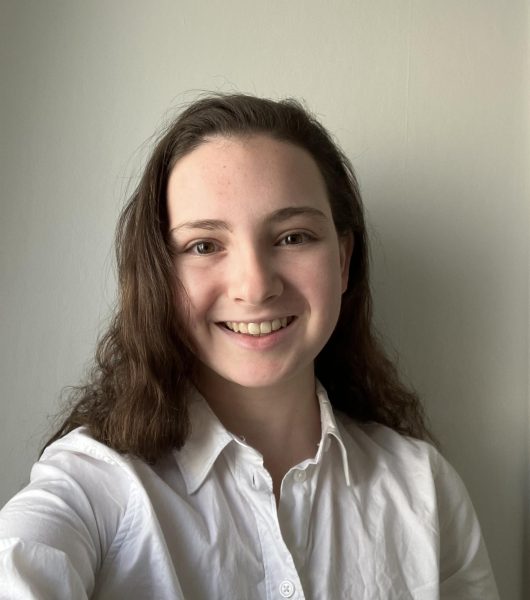
Ilena is passionate about stories— especially histories— good snacks, and bad puns. She has been on Spyglass for a very long time. Ilena is a senior.
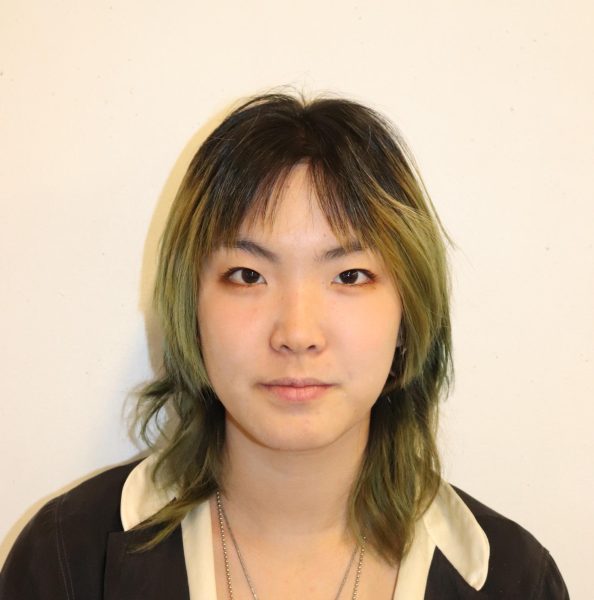
Song is a senior and is the current head of Spyglass Design. They joined the design team back in 8th grade and have been working since. They enjoy looking...

















![Dr. Zanita Kelly, Director of Lower and Middle School, pictured above, and the rest of Westridge Administration were instrumental to providing Westridge faculty and staff the support they needed after the Eaton fire. "[Teachers] are part of the community," said Dr. Kelly. "Just like our families and students."](https://westridgespyglass.org/wp-content/uploads/2025/03/dr.-kellyyy-1-e1748143600809.png)












































